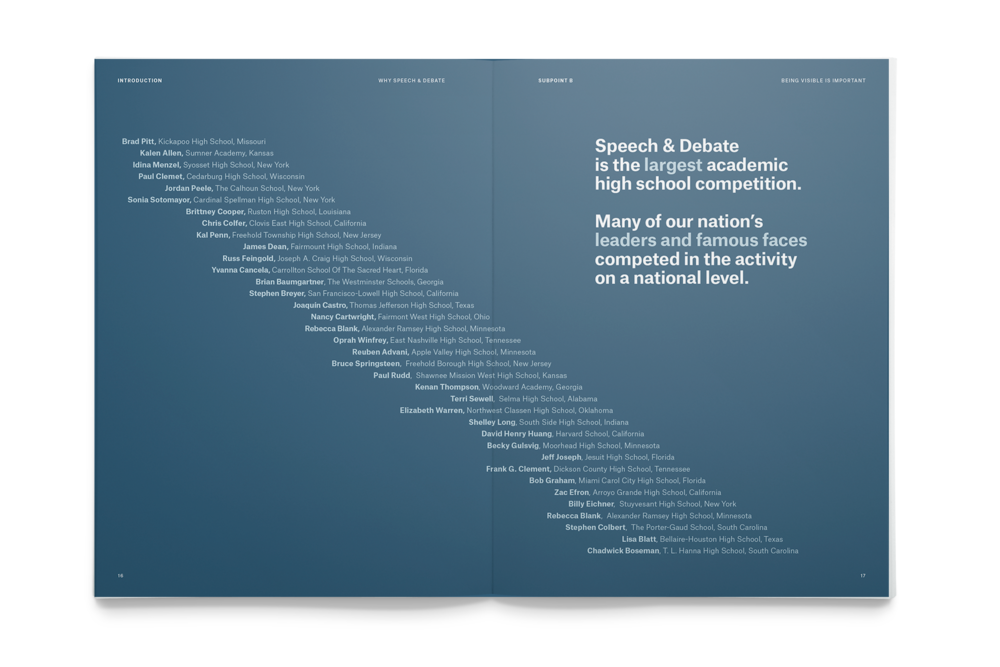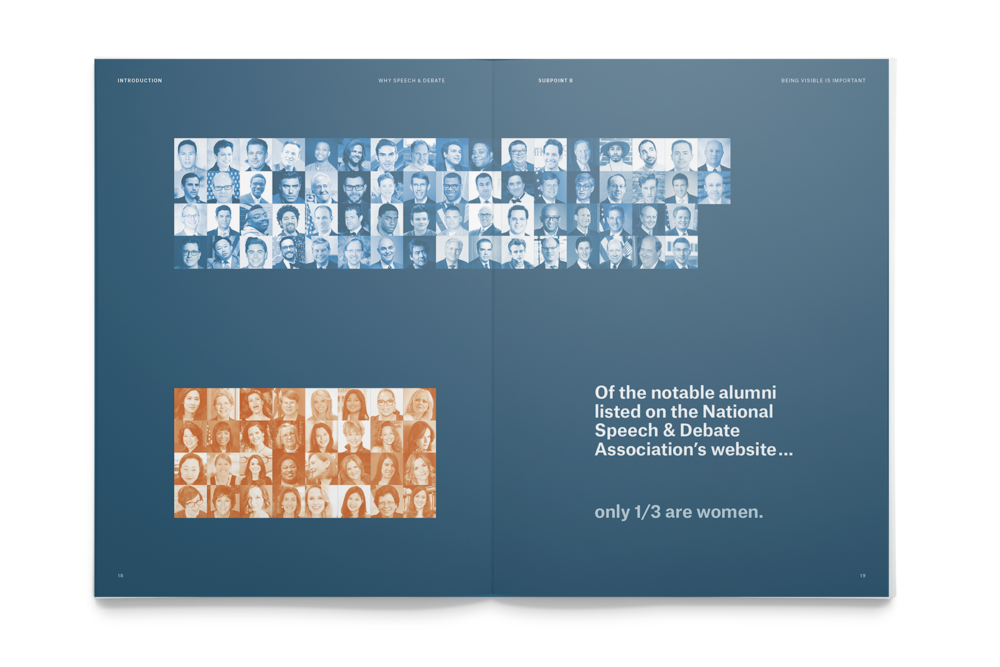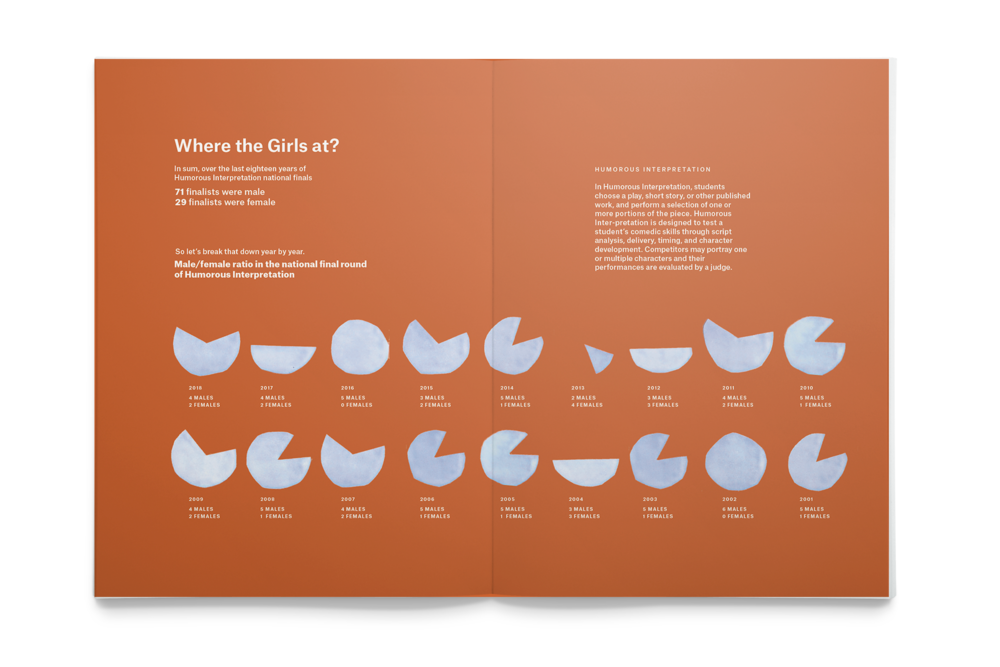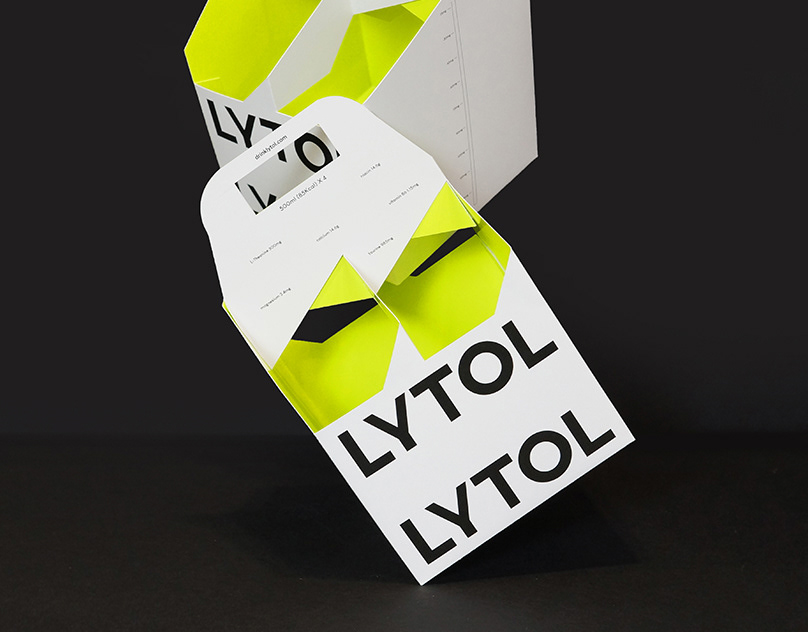
Judging Us
Women and Bias in High School Speech & Debate
Audrey Taylor Palmer
BFA Capstone 2019
Judging Us examines how women are judged differently than men. This perception problem takes shape across society, from the number of women in leadership positions, to how young girls are spoken to in school. This book uses High School Speech & Debate as a source for data visualizations, photography, and a personal connection to the topic. The stories of Lily Tomlin, Marcia Clark, and Hillary Clinton, along with quotes from other female leader in the book show how the judgment bias problem extends into the day-to-day lives of all women.


The data for the data visualizations was collected by hand from the National Speech & Debate Association's (NSDA) nationals videos and created from cut paper.









In this book I use phrases from Speech & Debate like "judges ready, audience ready" to place the reader in the role of the judge. Each chapter title reflects a perception a judge— or a viewer— might have towards a women; like she's not as funny, or she's too aggressive. The chapter numbering method of "contention I, contention II, employs how debaters introduce their arguments."
The book is sized to be 8.5"x11.5" or the size of a legal tablet, which is used across Speech & debate by both judges and competitors alike to flow or track arguments. The colors blue and orange are bold and strong like powerful women. The body text is a single column with interjecting pull quotes to mirror to speakers talking back and forth in a debate.











































